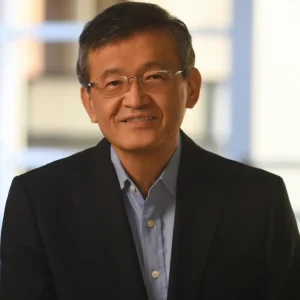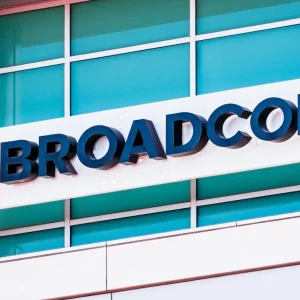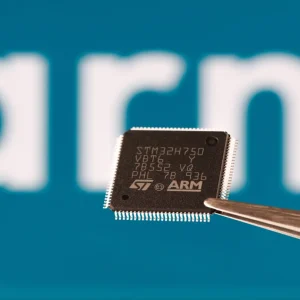Endorsing the In-Stat forecast that by 1990 there would be just four microprocessors in the 32-bit game, Randy Parker, vice president and general manager of microcomputer systems for National Semiconductor Corp took the opportunity to bang the drum for his company at In-Stat’s third annual Semiconductor Forum in Phoenix, Arizona this week. Microprocessor suppliers must be increasingly committed and consistent in their strategies as the 32-bit generation comes of age, he told the forum. A decade ago, some suppliers used to joke that all their microprocessor customers really needed was ‘hot hardware and a handshake.’ Now they are thinking less in terms only of hardware performance and the cost to buy the hardware, and more in terms of the cost to use the product, he stated. To meet the ever-increasing needs of their customers, and to protect their customers’ investments, microprocessor suppliers must concentrate on software compatibility and the upgradeability of their product generations, Parker said. They also must recognise the complexity their customers face in designing-in a high-performance, 32-bit microprocessor. NatSemi estimates that its customers’ investment in the Series 32000 family is more than $1,000m. Customers are often nervous about committing to one CPU when someone else might be coming out with something better very soon. We’re finding, though, that customers are now placing more weight on the real issues such as the availability of software, peripherals, memory, a company’s past microprocessor experience and its commitment to future microprocessor development. A microprocessor strategy alone was not enough, he said, companies needed to have a consistent long-term company strategy that includes microprocessors – he cited wide flexibility through cell libraries. As well as hardware and software, Parker said, the top suppliers of 32-bit microprocessor technology must offer world-class marketing, sales, technical support and field application engineering staffs. In-Stat projects that by 1990 the US 32-bit market will be dominated by just four firms, Intel, Motorola, NatSemi and Fairchild, sharing about 80% of the market. Declaring that microprocessor and application specific circuits were NatSemi’s two top priorities, Parker suggested that the big winners in the 32-bit world would be the few that could do it all: forge the right strategies, make the necessary massive commitments of both financial and human resources, come up with the right ways of differentiating themselves, and, of utmost importance, remain committed to their long-term microprocessor goals and consistent in their methods of meeting them.






